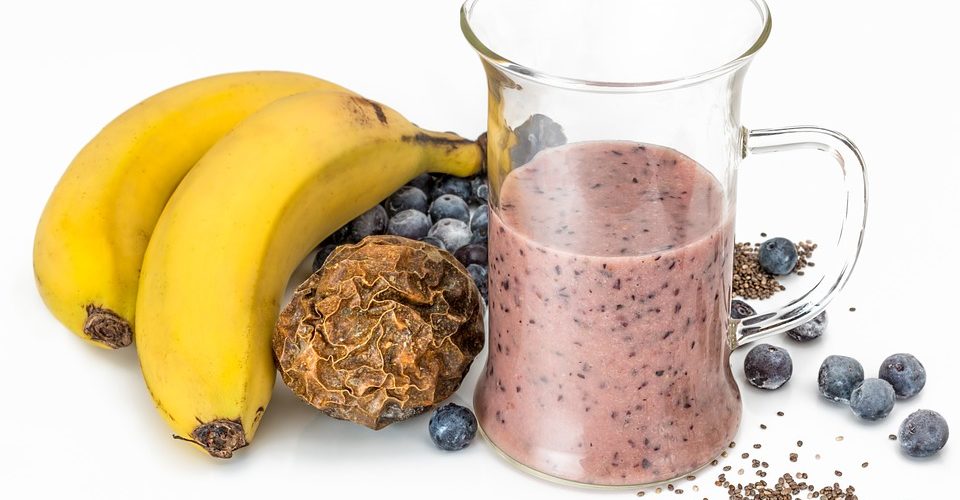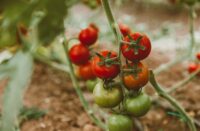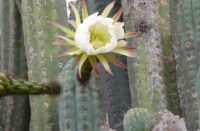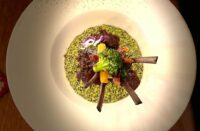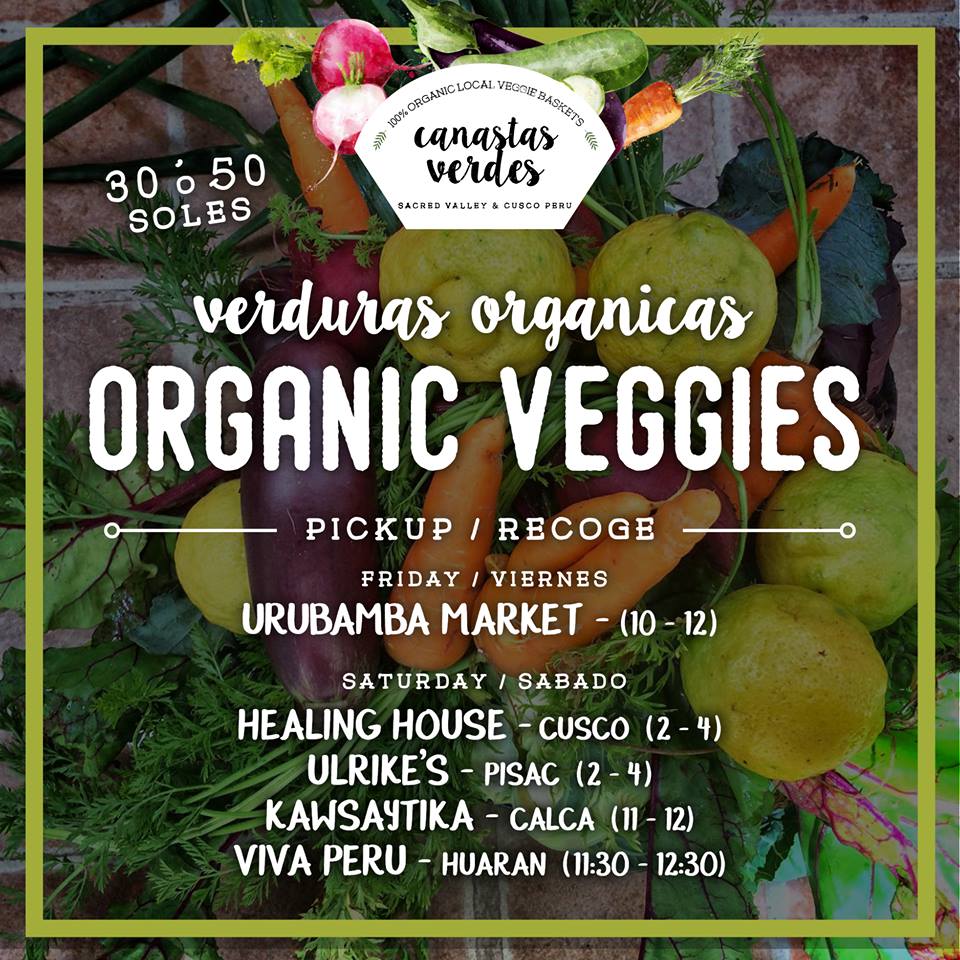By Alexandria Beyer
As any nutritionist (or devoted foodie) knows, superfoods are foods rich in diverse, beneficial nutrients for the body making one serving of these particularly ‘super.’ They can benefit your health by not only bringing concentrated vitamins and minerals to your body, but in some cases, they can act as a boost to your workout routine by improving blood flow and muscle building, or even as a medicine, enhancing your immunity and killing parasites and other pathogens.
And in Peru, the variety of superfoods cultivated there is simply outstanding. It’s an absolute Eden for agriculture: the coastal climate, lush rainforests, and cool Andean weather combine creating the perfect storm for superfoods to flourish throughout Peru. This, plus the fact that GMO foods are completely banned in the country means that some of the most potent superfoods in the world are grown here.
From hormone balancing maca and protein rich quinoa to parasite killing coca and anti-depressant Camu Camu, regular consumption of any of these Peruvian superfoods will provide you with healthy fats, trace minerals and rich nutrients that could literally change your life.
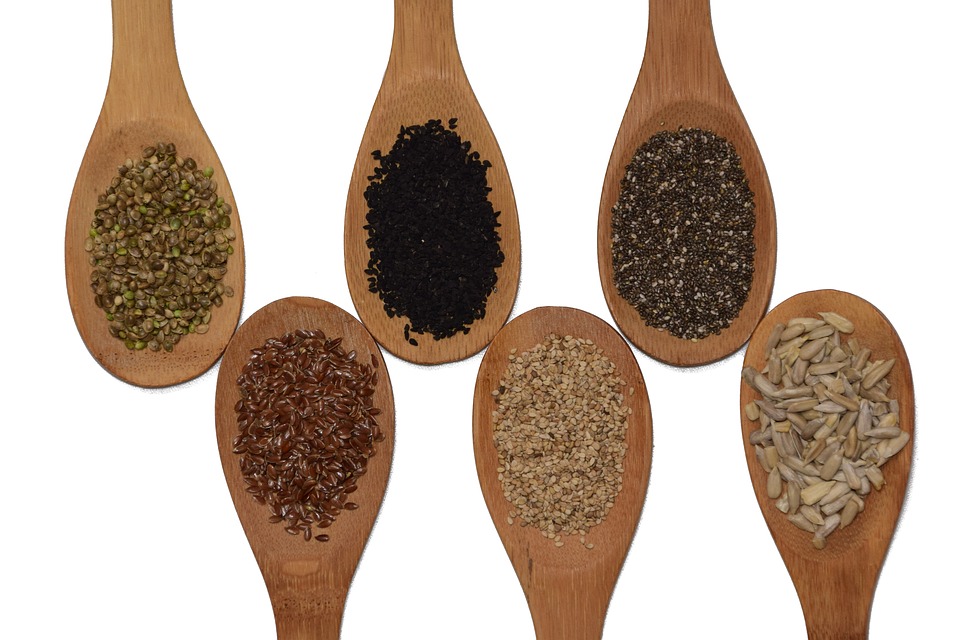
1. Goldenberries
Also known as Incaberries, these are small orange berries from the Peruvian Amazon. The taste is sweet and mildly sour, and they’re super yummy when dried, too. They’re rich in bioactive compounds and nutrients like calcium, vitamin A & C and B vitamins, iron, potassium, phosphorus and soluble fibre that together help to control your blood sugar levels, improve your vision, prevent lung cancer, boost immunity, improve bone strength and control blood pressure levels. Incaberries also contain a surprising amount of protein and a wide range of antioxidants.
How to eat it: on cereal, in yogurt, or alone.
Golden Berry Granola
Crunchy, healthy and literally bittersweet, this cereal, with a nice bowl of (vegan) yogurt, makes for a perfectly healthy way to start the day.
Get the recipe here.

2. Quinoa
This beloved low carb and gluten free alternative is in fact a seed, not a grain, and contains almost twice the fibre.Quinoa was considered to increase the stamina of the Inca warriors, and indeed it is one of the most protein-rich foods we can eat. It is fantastic for digestion, is high in iron and is a complete vegan protein containing all 9 essential amino acids. It also rich in magnesium, zinc, manganese, copper and vitamin B2, among others.
How to eat it: in salads, vegan burgers, quinoa risotto, you name it!
Mushroom and Spinach Quinoa Risotto
Ditch the rice – which has very little nutritional value if it’s white – for some super healthy quinoa instead. This makes the perfect dinner – but if you have any leftover, mix it up into a bunch of fresh greens to create a tasty salad the next day.
Get the recipe here.

3. Camu Camu
The Camu Camu berry is a lemon sized, purplish red fruit with yellow pulp. Camu has more natural vitamin C (6o times that of oranges) than any fruit ever recorded and offers 30 antioxidants. It is a must for fighting inflammation and for strengthening the immune system especially with its antiviral properties. Camu Camu even helps balance mood and acts as a safe and effective antidepressant.
How to eat it: you’re most likely to find this in powdered form, so add it to smoothies or in yogurt.
Camu Camu, Beet and Cranberry Smoothie Bowl
There’s a lot of healthy stuff going on in this bowl…and that colour is perfectly appetizing, too! If you prefer your smoothie bowls a bit sweeter, feel free to sub in the cranberries for raspberries or even blueberries – whatever is in season should work.
Get the recipe here.

4. Chirimoya
At first glance, this miracle food looks a bit like a dragon’s egg. Grown in the tropical areas of Peru, chirimoya contain powerful cytotoxins that are said to combat cancer, malaria, and human parasites. They’re high in the natural antioxidant vitamin C and are a good source of B vitamins, notably vitamin B6, providing 20 percent of the daily recommended value in a single fruit. Mark Twain called the chirimoya “the most delicious fruit known to men.”
How to eat it: basically, alone is best, but you can also make gorgeous ice cream from this – IF you can find it.
If you want to plant this yourself (it’s rarely exported), buy the seeds here.

5. Cacao
This is the healing ingredient inspiring so many of us to to reach for darker chocolate, is even more powerful on its own: raw organic cacao has over 40 times the antioxidants of blueberries and is the highest plant-based source of iron. Cacao is full of magnesium for a healthy heart & brain and contains more calcium per cup than cow’s milk. Well, the less sugar and milk in your cacao, the better.
How to eat it: Cacao can be used in various ways. Add it to smoothies, porridge, yogurt, or turn it into delicious sweet treats.
Cacao Chia Bliss Balls
Cacao needn’t be used in drinks alone: here. these sweet little bites combine not only that Peruvian superfood, but another one – chia seeds – to create a healthy, heavenly snack.
Get the recipe here.

6. Coca
Coca is the iconic and sacred plant of the Andes. As a traveler, your first encounter with the plant will likely be for altitude sickness due to its high alkaloid content and ability to improve blood flow and increase oxygen uptake. Coca leaves contain a compound called inulin, a type of naturally occurring polysaccharide produced in some plants that provides a stimulatory effect. Traditionally, people chew coca leaves to relieve hunger and fatigue and to enhance physical performance at high altitudes. Coca extracts are used for improving digestion, treating asthma, colds, and other ailments. Rich in vitamins A, B-2, B-6, C and E, Coca will boost your immune system, increasing your body’s ability to destroy potentially toxic compounds in your bloodstream.
How to eat it: unfortunately, coca in any form is illegal in most countries. But in Peru, Ecuador or Colombia, it’s often made into toffees, sprinkled on cereal or in smoothies.

7. Chia Seeds
Most commonly known as a good source of omega-3 fatty acids, chia seeds are far more than meets the eye. These babies are so nourishing that ancient tribes in what is now Mexico would use them to pay tributes and taxes to Aztec priests and nobility. Chia are rich in fiber, antioxidants, iron, protein, and calcium and their omegas help reduce inflammation and joint pain. Chia seeds offer a sustained energy release, being low on the Glycemic Index. They are optimal for hydration because they absorb thirty times their weight in water therefore regulate body fluid levels and retain electrolytes.
How to eat it: sprinkle them in smoothies, on cereal, salads, or make a chia pudding. Or use them in burger and falafel recipes.
Easy Vegan Falafel Salad
If you thought chia seeds had to be used in sweet things like smoothies and puddings only, think again! They’re also great in savoury dishes, like this tasty, spicy falafel salad, too.
Get the recipe here.

8. Maca Root
This only grows at high altitudes, 2000-4000 feet in elevation, and so Maca right at home in its native Andes. This plant may be a relative of the radish, but surprisingly, it has a delicious flavour similar to butterscotch. Maca comes in many different varieties distinguished by the colour of the root, each having unique dominant medicinal properties. All maca varieties are nutritional powerhouses, with calcium, magnesium, potassium, copper, zinc, vitamins B-1, B-2, C and E, over 20 amino acids, including 8 essential amino acids, omega 3s and omega 6s. In the Andes, this wonder plant is used to prevent cardiovascular disease and anemia, to improve fertility, libido and sexual stamina and is beneficial for balancing hormones in both men and women.
How to eat it: sprinkle the powder on cereal and yogurt, or add it to your smoothie. Alternatively, use it instead of caffeine to give you a natural boost!
Superfood Maca Latte
First it was the turmeric latte that brought good health to your tea break. Then came the matcha latte. And now? It’s all about the Maca, man! Balance your hormones AND enjoy the rich, carmel taste of this – I guarantee this will be your new favourite go-to hot beverage.
Get the recipe here.

9. Amaranth
Amaranth is a gluten free grain, though truly it is derived from a the flower of a flowering plant. With protein of an unusually high quality, Amaranth provides nine grams of protein for one cup of cooked grain. It’s full of antioxidants, minerals, calcium, lysine, and is regarded for its ability to spur growth and development, protect the heart, reduce inflammation, boost the immune system, strengthen your bones and prevent osteoporosis, increase circulation, optimize digestion, fight diabetes and balance blood sugar, and even keep your hair looking young. That’s a whole lot of goodness!
How to eat it: use amaranth flour in place of wheat flour to make all kinds of recipes such as vegan burgers and stew.
Mexican Ranchero Amaranth Stew
Mexico meets Peru in this internationally inspired stew! Topped with avocado and loads of cilantro, this is high in protein, healthy fats, AND it’s detoxing, thanks to the cilantro (which mops up traces of heavy metals).
Get the recipe here.

10. Sweet potato
The globally loved sweet potato comes in many forms and colours in Peru. They are much smaller and sweeter than the American sweet potato, or yams. Packed with beta carotene, fibre and vitamin A, they’re delicious mashed or baked.
How to eat it: so many ways! But just bake them and drizzle with maple syrup and (vegan) butter. Yum!
Maple Roasted Sweet Potatoes
A simple, autumnal recipe that combines the natural sweetness of the potato with even more from delicious maple syrup. And when these are all cooked to a crispy, sticky finish…just TRY to resist!
Get the recipe here.

